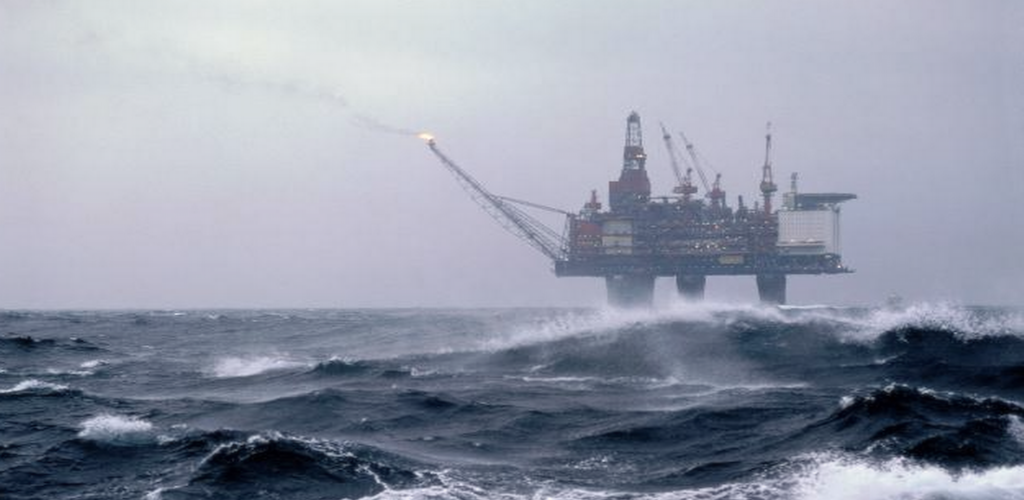(Europe) Up to Two-thirds of Development Spend Lost

Record falls in oil price may spell the end for upstream breakbulk activity in multiple mature North Sea oil and gas fields as shutdowns are accelerated, according to research firm Wood Mackenzie.
Current low oil prices driving a short-term slowdown are leading industry to question the long-term outlook, with many fields in the North Sea already nearing end of life.
“Cost reductions achieved during the last downturn mean 95 percent of onstream production is ‘in the money’ at US$30 per barrel. But close to a quarter of fields will run at a loss in this price environment … longer term, investment is required to increase production and reduce unit costs. If the industry goes into harvest mode, a premature end is inevitable,” said Neivan Boroujerdi, principal analyst in Wood Mackenzie’s North Sea upstream team.
Stranded Assets
While many assets in the North Sea are expected to see breakbulk activity switch to decommissioning in the coming years, there is now a fear that planned investment will be stalled or cancelled entirely.
“Most FIDs for 2020 are off the table. At current prices, nearly two-thirds of development spend could be wiped from our forecast over the next five years. Annual investment in the UK could fall below US$1 billion as early as 2024. The threat of stranded assets is real – we estimate nearly 6 billion barrels of economically viable resources could be left in the ground, not to mention a further 11 billion of contingent resources,” Boroujerdi said.
This radical shift is likely to drive even sharper cost reductions in spending on breakbulk operations as traditional North Sea players, such as the oil majors aim to defer capital elsewhere and “may not be willing investors.”
Norwegian Shelf
Norway may be the sole exception in that more than 60 percent of investment comes from locally-focused players, backed by a strong balance sheets and a sovereign wealth fund. But a wave of record FIDs in the past years by Norway are based on a Brent price of US$40 per barrel to avoid negative cashflow.
“At a time when there is public pressure to move towards more a 'greener' energy mix, it’s hard to see governments easing the fiscal terms. Long term, the energy transition needs to accelerate but there’s a risk of short-term stagnation. For the companies that survive, they will need to adapt to a greener future,” Boroujerdi added.


